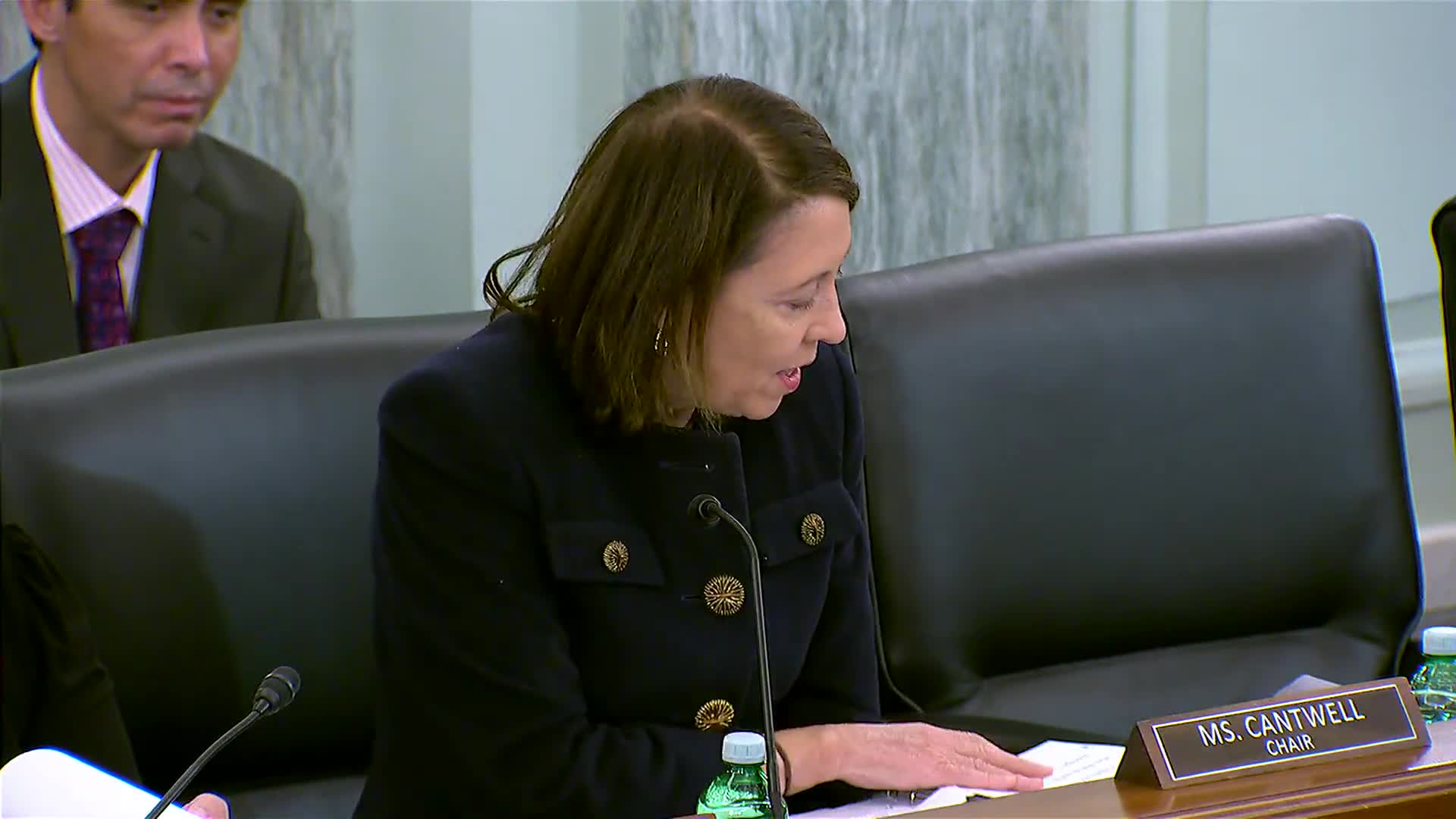Senate committee backs $18.2 billion funding for aviation safety technology upgrades
November 10, 2023 | Commerce, Science, and Transportation: Senate Committee, Standing Committees - House & Senate, Congressional Hearings Compilation
This article was created by AI summarizing key points discussed. AI makes mistakes, so for full details and context, please refer to the video of the full meeting. Please report any errors so we can fix them. Report an error »

In a pivotal meeting held by the U.S. Senate Committee on Commerce, Science, and Transportation, lawmakers gathered to address the pressing issue of aviation safety, particularly focusing on the alarming rise in near misses in the skies. The atmosphere was charged with urgency as committee members discussed a proposed funding increase of $18.2 billion over five years aimed at upgrading large and midsize airports across the nation.
Senators expressed unanimous support for the investment, recognizing the critical need for advanced technology in the cockpit. This technology, designed to alert pilots to potential hazards such as wrong runways or obstacles on taxiways, was highlighted as a vital component in preventing accidents. Chairwoman Hamidi emphasized the importance of deploying this technology swiftly, noting that it could significantly enhance situational awareness for both pilots and air traffic controllers.
The discussions also touched on the challenges posed by the post-COVID surge in air traffic, which has strained the existing workforce and infrastructure. Lawmakers acknowledged that while technology solutions exist, the Federal Aviation Administration (FAA) requires adequate resources to implement these advancements effectively. The sentiment was clear: investing in aviation safety is not just a necessity but an obligation to uphold the United States' reputation as a leader in air travel safety.
Senator Sinema, participating remotely, reinforced the need for innovation in aviation safety, stating that the current number of near misses is unacceptable. She urged her colleagues to act decisively, emphasizing that waiting for a tragedy to prompt action is not an option.
As the meeting progressed, it became evident that the path forward hinges on a collaborative effort to secure funding and implement technological upgrades. The committee's commitment to enhancing aviation safety reflects a broader recognition of the challenges facing the industry and the imperative to protect the flying public. With the stakes higher than ever, the call to action resonates: the time to improve aviation safety is now.
Senators expressed unanimous support for the investment, recognizing the critical need for advanced technology in the cockpit. This technology, designed to alert pilots to potential hazards such as wrong runways or obstacles on taxiways, was highlighted as a vital component in preventing accidents. Chairwoman Hamidi emphasized the importance of deploying this technology swiftly, noting that it could significantly enhance situational awareness for both pilots and air traffic controllers.
The discussions also touched on the challenges posed by the post-COVID surge in air traffic, which has strained the existing workforce and infrastructure. Lawmakers acknowledged that while technology solutions exist, the Federal Aviation Administration (FAA) requires adequate resources to implement these advancements effectively. The sentiment was clear: investing in aviation safety is not just a necessity but an obligation to uphold the United States' reputation as a leader in air travel safety.
Senator Sinema, participating remotely, reinforced the need for innovation in aviation safety, stating that the current number of near misses is unacceptable. She urged her colleagues to act decisively, emphasizing that waiting for a tragedy to prompt action is not an option.
As the meeting progressed, it became evident that the path forward hinges on a collaborative effort to secure funding and implement technological upgrades. The committee's commitment to enhancing aviation safety reflects a broader recognition of the challenges facing the industry and the imperative to protect the flying public. With the stakes higher than ever, the call to action resonates: the time to improve aviation safety is now.
Don't Miss a Word: See the Full Meeting!
Go beyond summaries. Unlock every video, transcript, and key insight with a Founder Membership.
✓
Get instant access to full meeting videos
✓
Search and clip any phrase from complete transcripts
✓
Receive AI-powered summaries & custom alerts
✓
Enjoy lifetime, unrestricted access to government data
30-day money-back guarantee
